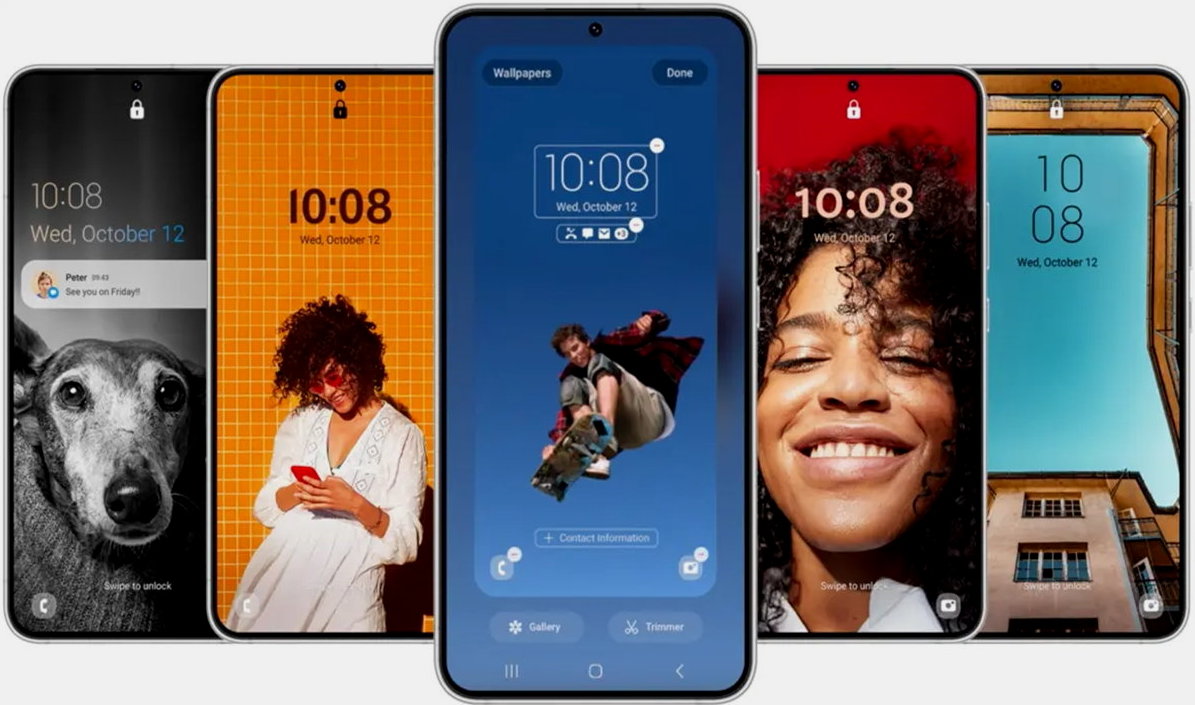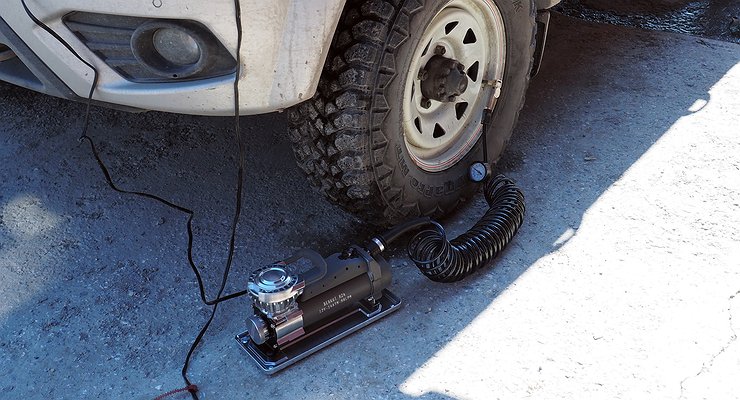Choosing a smartphone is a very difficult decision, in fact I would venture to say that it is today harder than ever due to the considerable competition that exists at all levels and ranges, and because a priori all manufacturers seem to offer a very similar level of specification, making it difficult for the average user to identify important differences between the various models.
Make a difference creating added value either tuning the price to the maximum sales are some of the keys that the big players in this sector use to differentiate themselves, but not all brands do it in the same way and ultimately we should not give the same value to all those types of added value that we can find in the smartphone sector, because some make bigger and a more interesting difference than others.
At MC, we are perfectly aware of this reality, which is why we decided to give form to the guide where we are going to review with you five things that add great value to a smartphone, but which we don’t always give the importance they really deserve. These can help you decide between two seemingly identical or very similar models and ultimately allow you to refine your choice as much as possible. As always, if you have any questions after reading the article, feel free to leave them in the comments.
1.-Android version and support that the smartphone will receive

This is very important because it affects the lifespan that the smartphone will have and it will also determine whether we are buying a product that is properly updated or whether we are getting a model that comes “obsolete” from home. I know that with the speed of development and Android update policies in the hands of each manufacturer, this point is quite complicated, but most major vendors are quite transparent about this.
For example, if we buy a Xiaomi Redmi Note 11 Pro today we will get a smartphone with Android 11. With Android 14 arriving later this year, it’s clear that we’d be buying an outdated smartphone, even though Xiaomi has promised to offer three major Android updates in said terminal and four years of security updates, so it will have a good lifespan for its price and the range it falls into.
A manufacturer that offers three years of Android updates and four years of security updates within this range already offers a different value to consider. If we are in the high range, it is ideal to look for manufacturers that offer min four years of Android updates and five years of security updates. One of those who meet this requirement is Samsung. When it comes to the pre-installed version of Android, it is not necessary that the smartphone comes with the latest version available, but it comes with at least the penultimate one.
2.-Contents of the box: more than just a smartphone and a connecting cable

When Apple stopped packing a charger with its iPhone, some big names in the smartphone sector began to follow in its footsteps, gradually limiting the contents contained in the box of their new terminals. Some have only removed the charger and some have removed the earphones as well, which means eventually They only contained a terminal and a charging cable.
It assumes that significant loss of value for the user, especially when the price of smartphones has not only not decreased accordingly, but in most cases has also increased significantly. I could cite Apple as an obvious example, but it’s just that others like Samsung and Xiaomi have done exactly the same thing.
Those manufacturers continue to add chargers and even headphones to new smartphones, and others dare raise the bar and add a fast charging adapter and even add a protective case and screen protector film. All this presupposes an important added value that we ultimately have to take into account, although it is true that it is increasingly rare. Think about the cost of buying all these accessories separately.
3.-What customization layer does Android use?

This is important because not all Android customization layers are optimized equallyand they also don’t offer the same level of functionality or work the same way using the same hardware. For example, Xiaomi’s MIUI and Samsung’s One UI layers are characterized by the fact that they offer an excellent set of functions, but they are demanding on the hardware level and are not as well optimized as other lighter ones.
Other terminals such as the Google Pixel series, use Android in its purest version, which means that they usually offer higher performance even on more modest hardware and that they are much lighter. On the other hand, they lack some features that may be exclusive to certain customization layers, and these tend to give them a longer life cycle compared to pure Android versions.
It should also be considered that Android’s customization layers they tend to have slower update cycles for all the extra work they represent and that they are more prone to performance degradation over time. If this happens, we can try to perform optimization processes, but in the end, in many cases, it is ideal to restore the terminal.
4.-Terminal repair costs

Without a doubt, this is one of the most important questions when buying a smartphone, and it is one of those that receives the least attention. I know we can’t buy a smartphone knowing we’ll end up breaking it, but after all, it’s something that can happenand therefore we must take this into account before choosing our new terminal.
It is also important to note that eventually using the device wear occurs this affects the aesthetics of the terminal and it has major impact on the battery. The latter loses its retention capacity over time, which causes its autonomy to be greatly limited. It can also affect the performance of the terminal if the battery is not able to maintain a good peak power that allows the SoC to work at full capacity.
Buying a smartphone that has very high repair costs can become a real headache because something as common as a fall that affects the screen or the structural integrity of the terminal it could cost us almost as much as buying a new smartphone. Identifying the cost of repairing a smartphone before buying it is a good idea, and choosing one that has low costs or that we can repair ourselves is a clear value.
5.-microSD card slot

Having a microSD card slot is an important value because It will allow us to expand the storage capacity of our smartphone, in a significant way, because in most cases it is normal that we can double or even triple the basic space of our terminal.
Unfortunately, most smartphone manufacturers today eliminated the microSD slot of their terminals, something that has become common especially at high range. This is partly a measure to “incentivize” users to buy configurations of its top models, which come with more home storage capacity and are of course more expensive.
However, it is still possible to find smartphones that hold this slot in various price ranges. For example, the Xiaomi Poco M5s has such a slot and it can be purchased about 200 euros in its 64GB version storage capacity. In a higher step, we have the OPPO Reno8 T 5G, which also has a microSD slot and has an approximate price 360 euros. In the high range, it is more difficult to find models with this slot, but the Sony Xperia 5 IV is one of them.


















